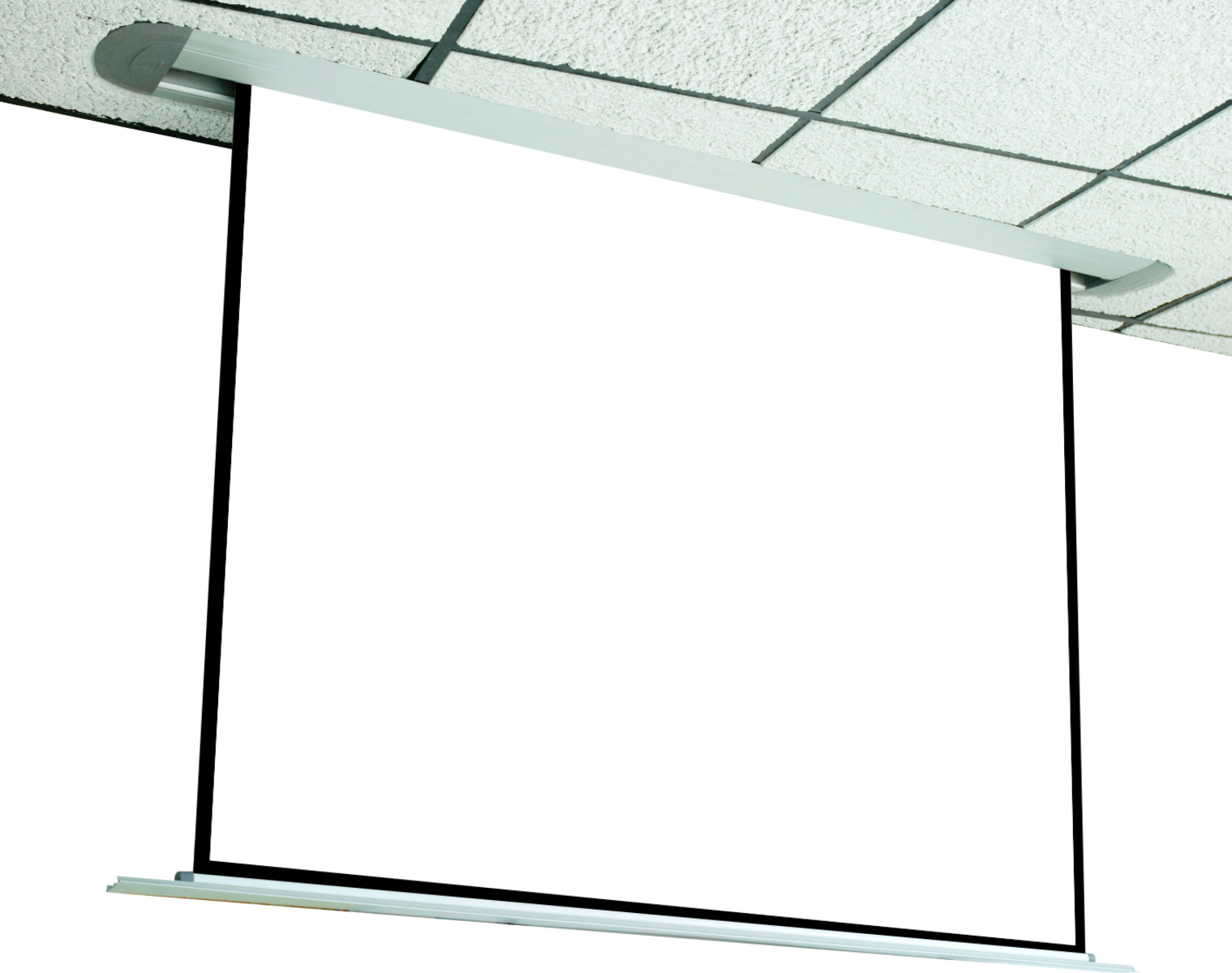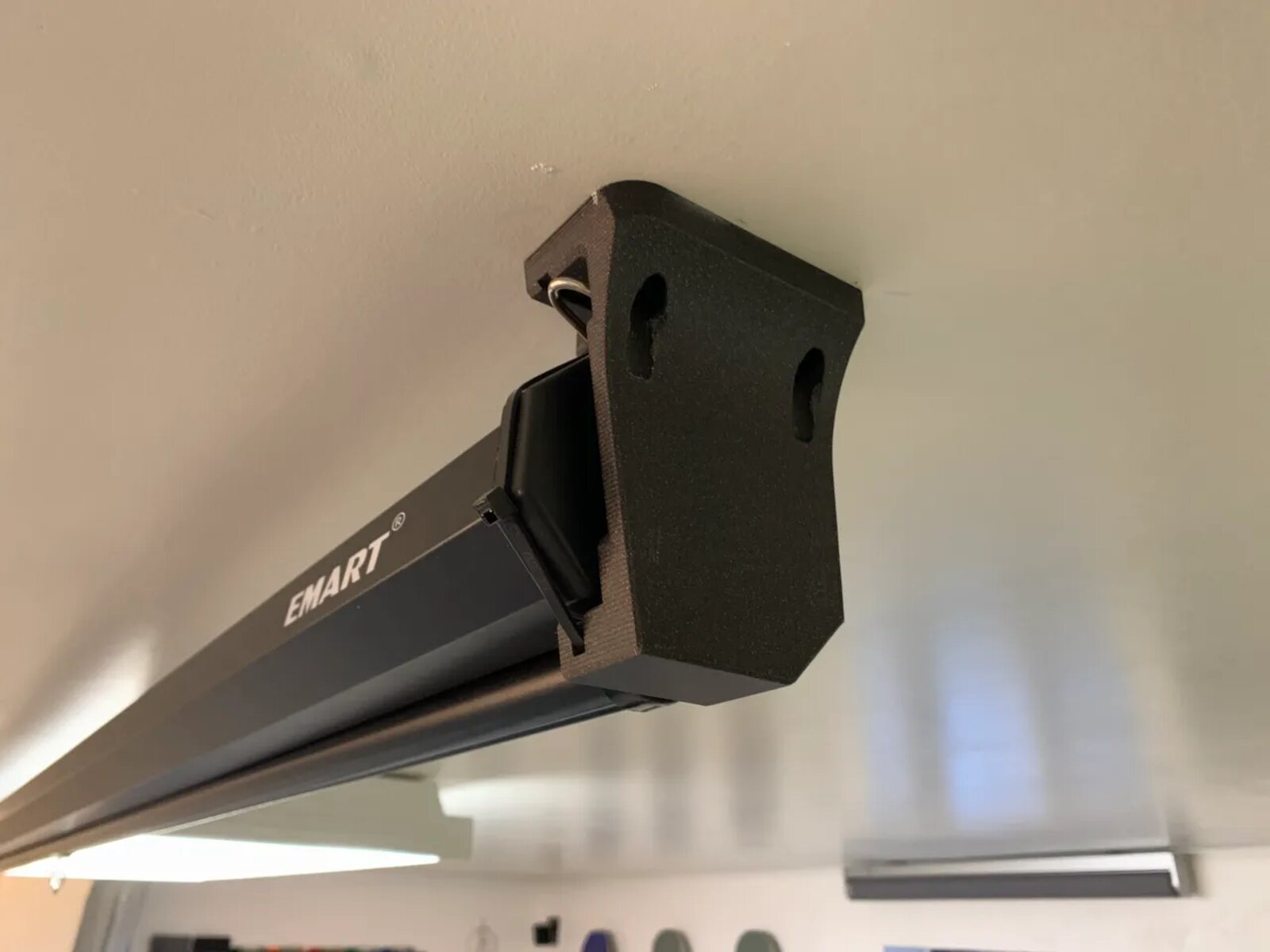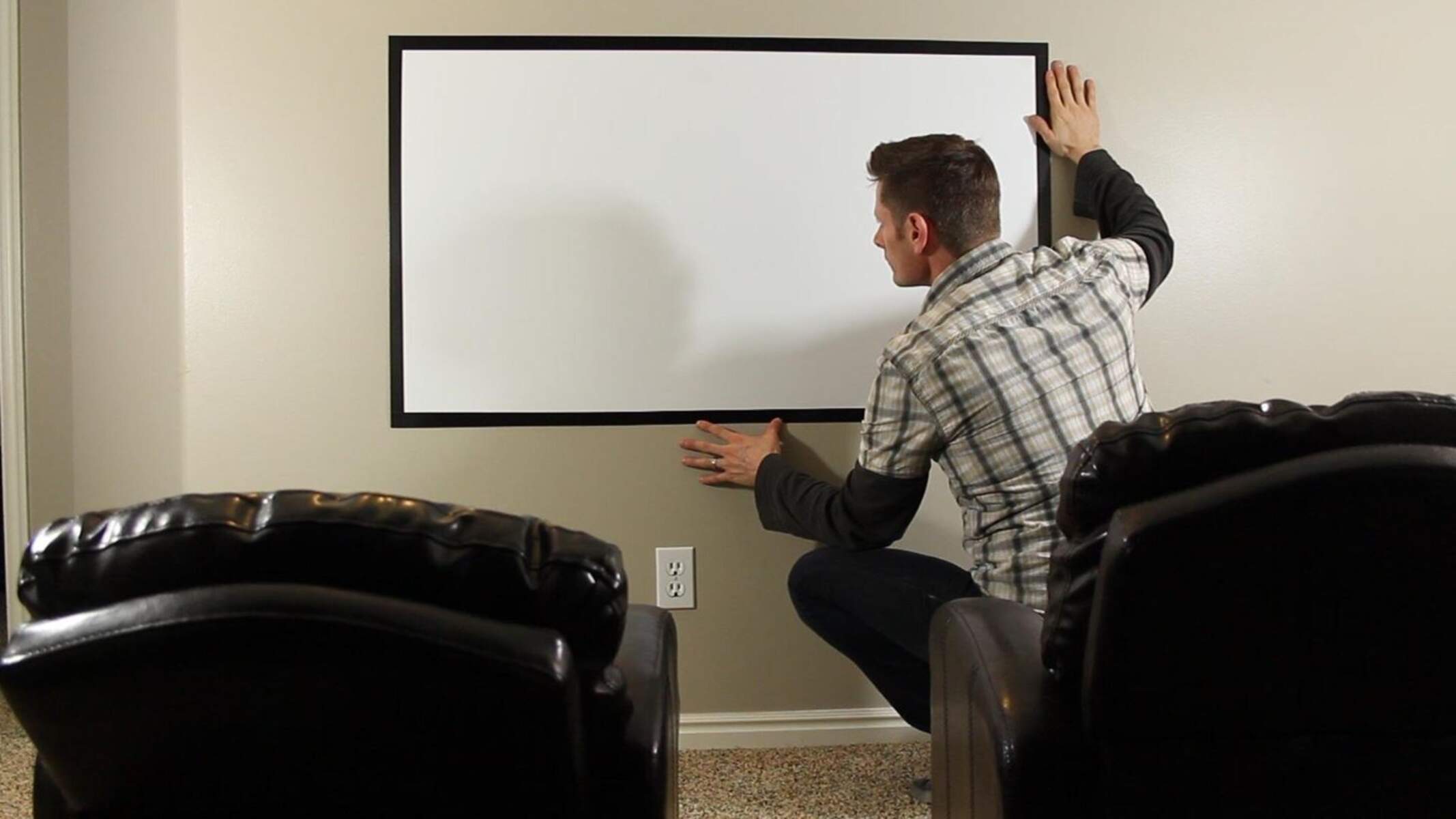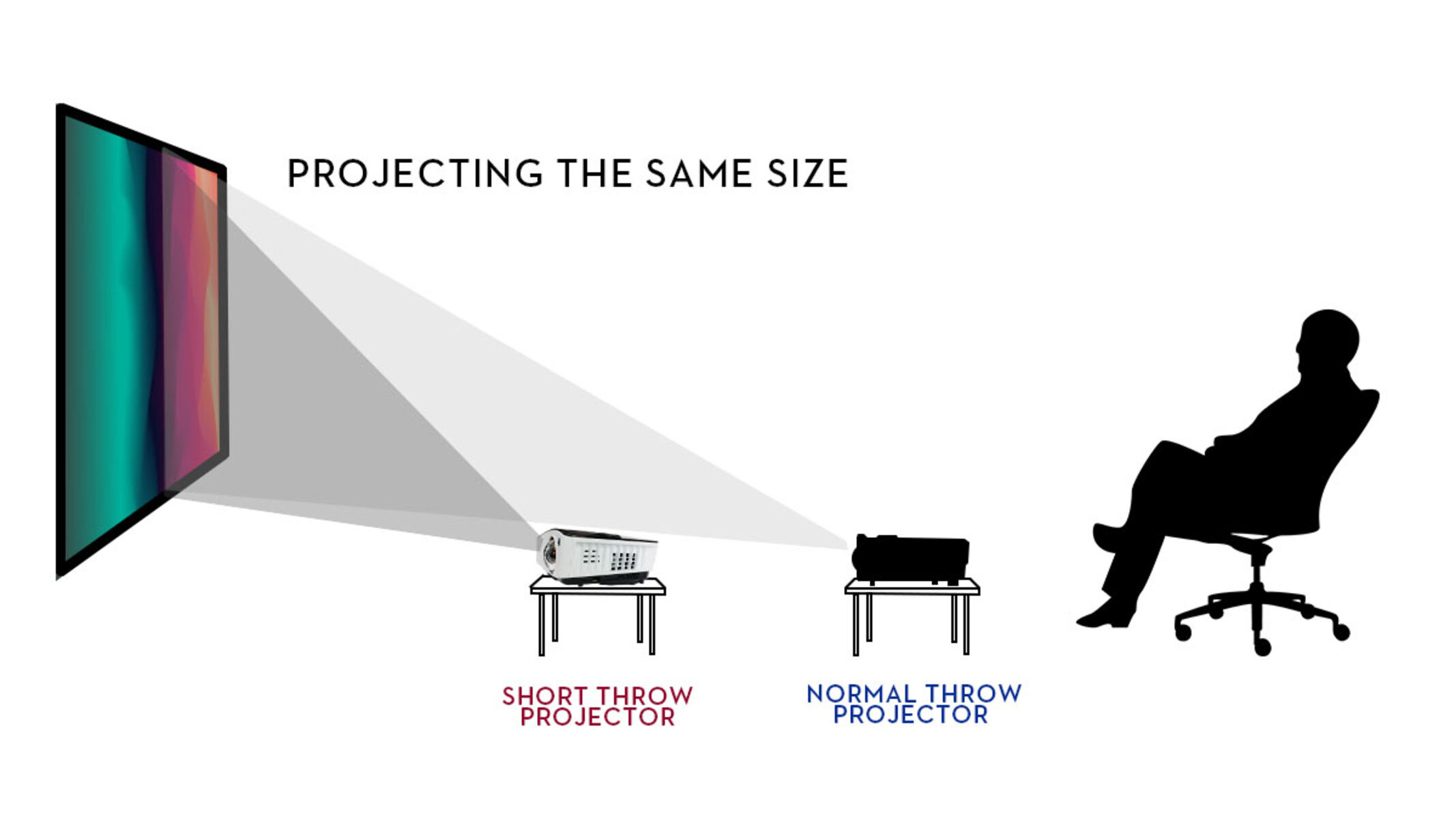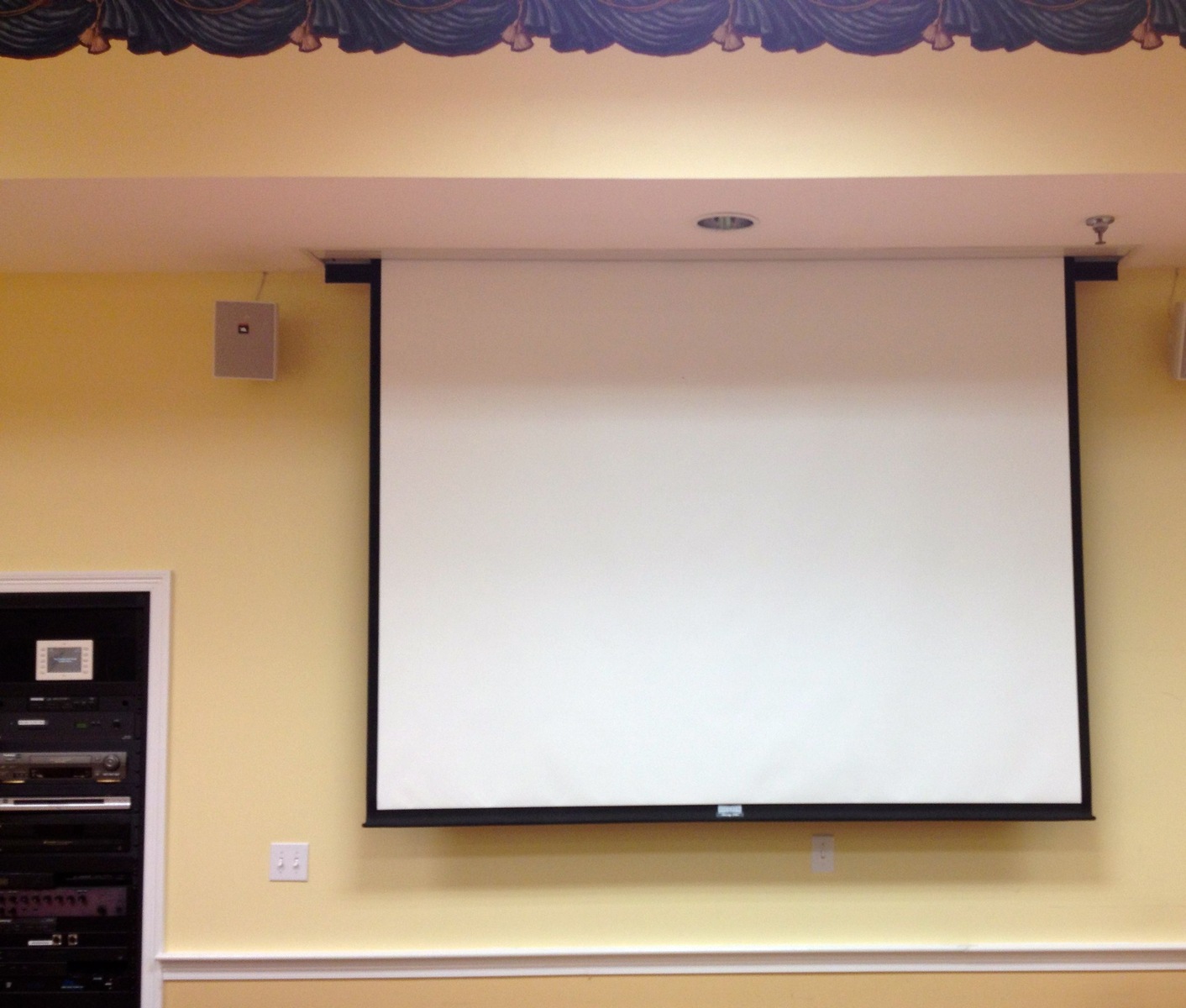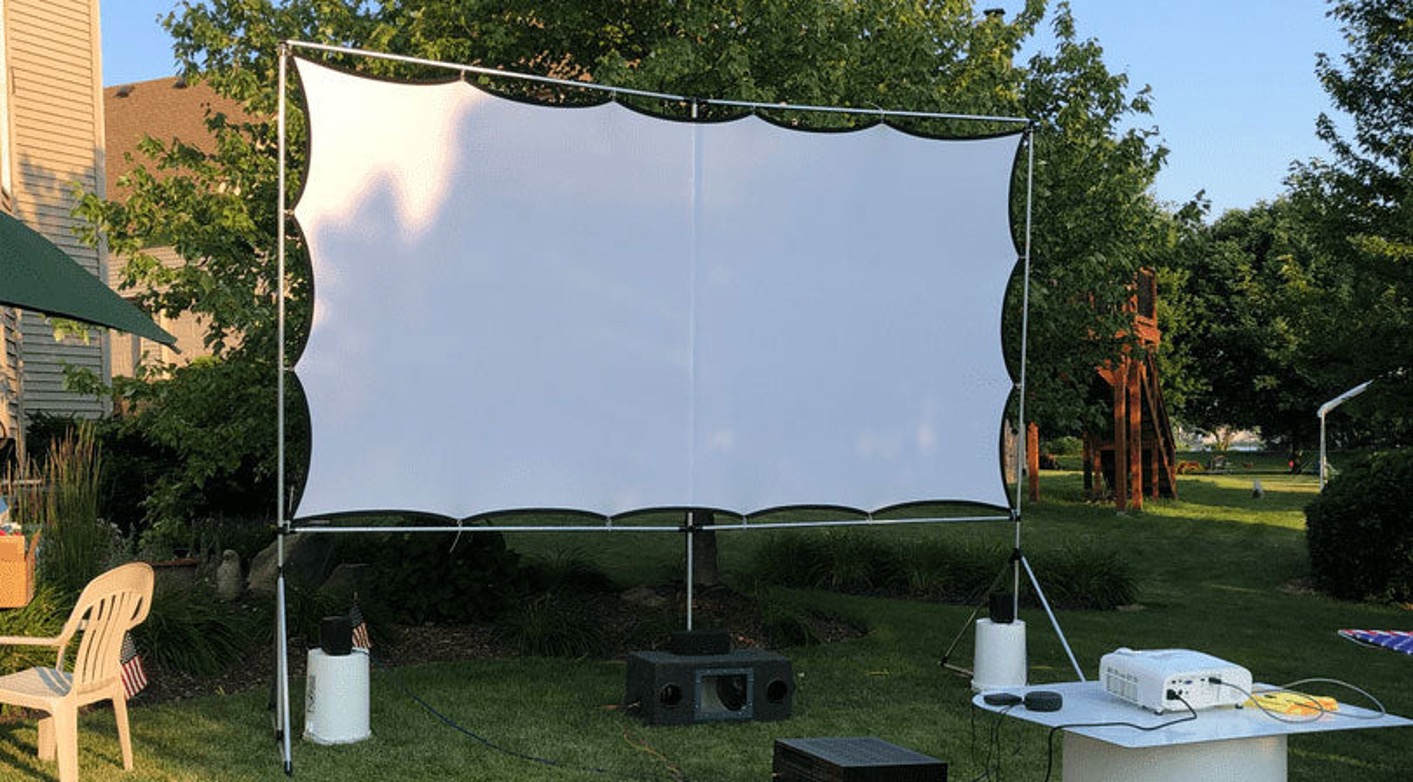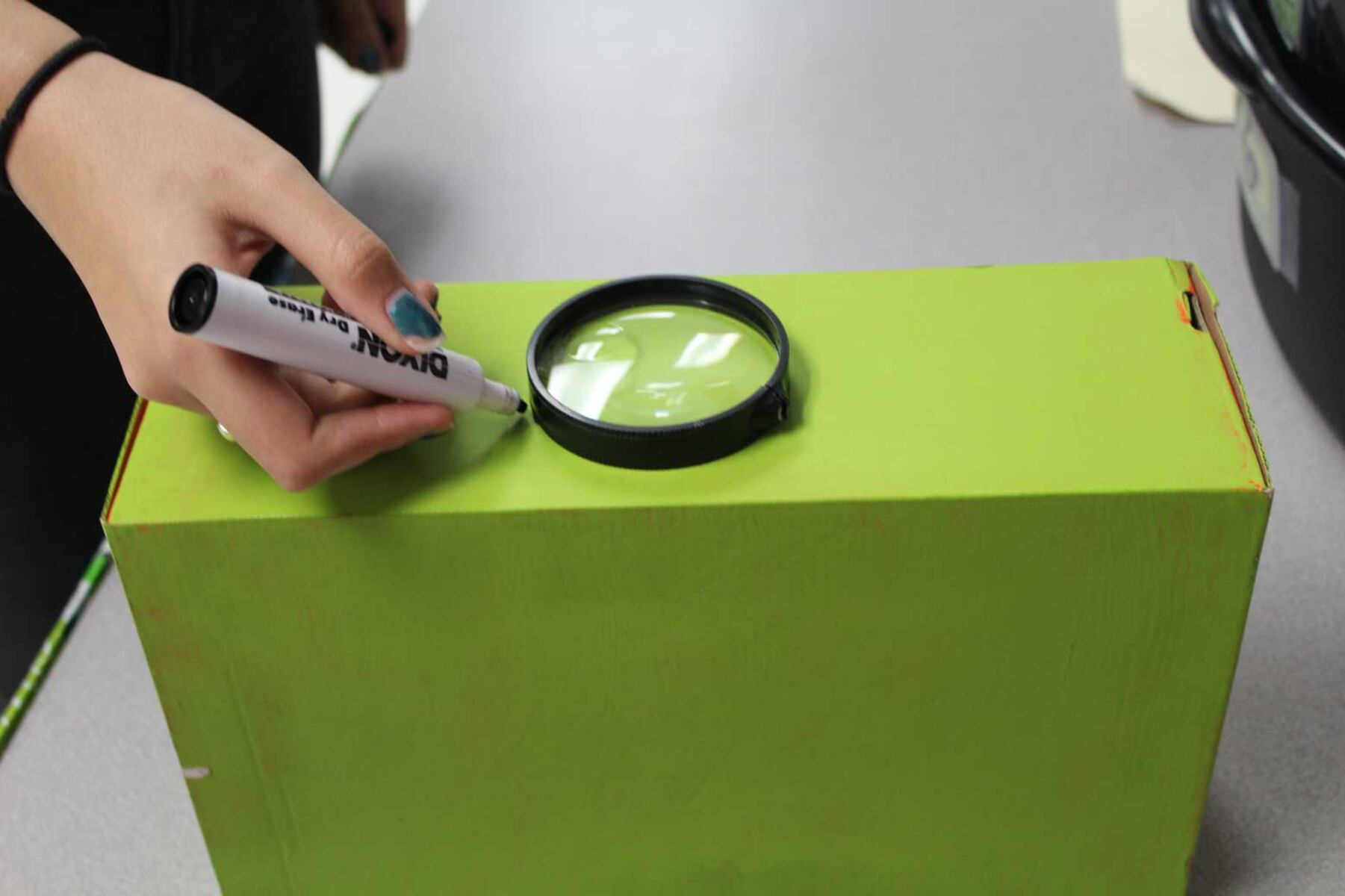Introduction
Choosing the right size for a projector screen is essential to enjoying a top-notch home theater experience or professional presentations. However, measuring a projector screen correctly can be a challenging task for many. In this guide, we will walk you through the step-by-step process of measuring a projector screen, taking into account important factors such as screen diagonal, width, height, and aspect ratio.
Before diving into the measurement techniques, it is crucial to note that projector screens come in various sizes, aspect ratios, and materials. The screen size and aspect ratio directly influence the viewing experience, ensuring an immersive visual display.
Whether you are setting up a home theater, a presentation room, or a classroom, understanding how to measure a projector screen accurately will help you choose the optimal size for your space. By following the instructions in this guide, you will be able to determine the exact screen dimensions that are best suited to your needs.
Now, let’s delve into the factors to consider before measuring a projector screen to ensure exceptional picture quality and an incredible viewing experience.
Factors to Consider Before Measuring a Projector Screen
Measuring a projector screen involves more than just determining the physical dimensions. Before you grab a measuring tape, there are a few factors you should consider to ensure that you choose the right screen size for your needs:
- Screen Usage: Think about how you plan to use the projector screen. Will it be primarily for watching movies, giving presentations, or for gaming? Different uses may require different screen sizes and aspect ratios to optimize the viewing experience.
- Viewing Distance: Consider the viewing distance between the screen and the audience. The distance plays a significant role in determining the screen size. For example, if you have a small room with limited viewing space, a large screen might not be suitable as it can overwhelm the audience. Similarly, if the screen is too small for a large room, it can lead to difficulty in viewing.
- Aspect Ratio: The aspect ratio refers to the ratio of the screen’s width to its height. Common aspect ratios include 4:3 (standard), 16:9 (widescreen), and 16:10 (usually for computer displays). Consider the type of content you will be displaying and the compatibility of the projector with different aspect ratios.
- Ambient Light: The ambient light in the room where the projector screen will be installed affects the image quality. If the room is brightly lit, a screen with high contrast and brightness is recommended to ensure clear visibility. On the other hand, if the room has low ambient light, a standard screen may suffice.
- Screen Material: The material of the projector screen influences the overall image quality. There are different types of screens available, including matte white, high gain, and gray screens. Each material has its advantages and disadvantages, so understanding your specific needs and preferences is crucial.
- Installation Considerations: Take into account the physical space available for installing the projector screen. Consider factors such as ceiling height, wall space, and the potential need for retractable or motorized screens. It is important to choose a size that fits well within your space without obstructing any other equipment or furniture.
By considering these factors before measuring your projector screen, you will be able to find the perfect size that fits your requirements and provides an optimal viewing experience. Now that we have discussed the important factors to consider, let’s move on to the step-by-step guide on how to measure a projector screen accurately.
Step-by-Step Guide to Measuring a Projector Screen
Measuring a projector screen requires precision to ensure accurate dimensions and optimal viewing experience. Follow these steps to measure your projector screen:
- Measuring the Screen Diagonal: Start by measuring the screen diagonal. This measurement determines the overall size of the screen. Measure the diagonal distance from one corner of the screen to the opposite corner. Ensure that the measuring tape is pulled taut and straight for accurate results.
- Measuring the Screen Width: To measure the screen width, position the measuring tape horizontally across the screen’s widest part. Measure from one side of the screen frame to the other. Be cautious not to include the frame in the measurement; only measure the visible screen area.
- Measuring the Screen Height: Next, measure the screen height by positioning the measuring tape vertically along the screen’s tallest section. Measure from the top of the screen frame to the bottom, considering only the visible screen area.
- Calculating the Aspect Ratio: To calculate the aspect ratio of the screen, divide the width measurement by the height measurement. For example, if the screen width is 100 inches and the height is 60 inches, the aspect ratio is 100:60 or 5:3. This step is crucial for selecting content and setting up the projector accordingly.
- Selecting the Right Screen Size for your Space: Now that you have accurate measurements of the screen’s diagonal, width, and height, it’s time to select the right screen size for your space. Consider the viewing distance, aspect ratio, and the room’s layout. Refer to manufacturer guidelines or consult an expert for recommendations if needed.
By following these steps, you will be able to measure a projector screen accurately and determine the ideal screen size based on your specific requirements. Take your time during the measurement process to ensure accuracy, and remember to consider all the factors we discussed earlier. With precise measurements, you can enjoy an immersive and enjoyable viewing experience with your projector screen.
Measuring the Screen Diagonal
Measuring the screen diagonal is the first step in accurately determining the size of your projector screen. The diagonal measurement ensures that you have the correct overall screen size. Follow these steps to measure the screen diagonal:
- Prepare the Screen: Ensure that the projector screen is properly set up and in a stable position. Make sure it’s fully extended and has a flat surface.
- Position the Measuring Tape: Start by positioning the measuring tape from one corner of the screen to the opposite corner. Ensure that the measuring tape is straight and taut. It’s crucial to measure along the diagonal, not along the edges or screen frame, to get an accurate measurement.
- Read the Measurement: Make a note of the measurement where the end of the measuring tape reaches the opposite corner of the screen. This measurement represents the screen diagonal.
It’s important to be as precise as possible when measuring the screen diagonal to ensure accurate results. Avoid any slack in the measuring tape and make sure it’s aligned properly from corner to corner. Additionally, double-check your measurement to ensure accuracy before moving on to the next step.
Once you have measured the screen diagonal, you can move on to measuring the screen width and height to determine the exact dimensions of your projector screen. Remember that accurate measurements are essential for selecting compatible projectors and ensuring an optimal viewing experience.
Measuring the Screen Width
Measuring the screen width is a crucial step in determining the dimensions of your projector screen. Follow these steps to accurately measure the screen width:
- Position the Measuring Tape: Start by ensuring that the measuring tape is positioned horizontally across the widest part of the screen. The tape should be aligned parallel to the ground.
- Exclude the Frame: Measure from one side of the screen frame to the other, excluding the width of the frame itself. Only measure the visible screen area.
- Keep the Tape Straight and Taut: Ensure that the measuring tape remains straight and taut throughout the measurement process. Any sagging or bending of the tape can lead to inaccurate measurements.
- Record the Measurement: Make a note of the measurement where the measuring tape reaches the edge of the screen on the opposite side. This measurement represents the screen width.
It’s essential to be precise when measuring the screen width to obtain accurate dimensions. Ensure that the measuring tape is positioned correctly and that it excludes the width of the screen frame. Taking multiple measurements and averaging them can also help ensure accuracy.
Keep in mind that the screen width measurement is just one part of the overall screen dimensions. Once you have the screen width, you’ll need to measure the screen height as well to determine the complete sizing of your projector screen. Accurate measurements are crucial for selecting the right projector and setting up your home theater or presentation space effectively.
Measuring the Screen Height
Measuring the screen height is an important step in accurately determining the dimensions of your projector screen. Follow these steps to measure the screen height:
- Position the Measuring Tape: Start by ensuring that the measuring tape is positioned vertically along the tallest part of the screen. The tape should be aligned perpendicular to the ground.
- Exclude the Frame: Measure from the top of the screen frame to the bottom, excluding the height of the frame itself. Only measure the visible screen area.
- Keep the Tape Straight and Taut: Ensure that the measuring tape remains straight and taut throughout the measurement process. Any sagging or bending of the tape can lead to inaccurate measurements.
- Record the Measurement: Make a note of the measurement where the measuring tape reaches the top and bottom edges of the screen. This measurement represents the screen height.
It’s essential to be precise when measuring the screen height to obtain accurate dimensions. Ensure that the measuring tape is positioned correctly and that it excludes the height of the screen frame. Taking multiple measurements and averaging them can also help ensure accuracy.
Remember that the screen height measurement, along with the screen width measurement, forms the complete sizing of your projector screen. Accurate measurements are crucial for selecting the right projector and setting up a home theater or presentation space that provides an immersive viewing experience.
Calculating the Aspect Ratio
Calculating the aspect ratio of a projector screen is an important step in determining the proportions of the screen and selecting compatible content. Follow these steps to calculate the aspect ratio of your projector screen:
- Obtain the Screen Width and Height Measurements: Using the measurements you took for the screen width and height, ensure you have accurate values for both dimensions.
- Divide the Width by the Height: Take the width measurement and divide it by the height measurement. For example, if the screen width is 100 inches and the height is 60 inches, divide 100 by 60. The result will be a decimal value.
- Simplify the Ratio: If the decimal value obtained in the previous step has a fractional component, simplify it to the nearest whole numbers. For example, if the result is 1.67, simplify it to the ratio of 5:3.
- Record the Aspect Ratio: Make a note of the simplified aspect ratio, which represents the proportional relationship between the width and height of your projector screen.
Calculating the aspect ratio is essential for selecting compatible content and ensuring that the projector settings are correctly adjusted. Different content, such as movies, presentations, or games, may have varying aspect ratios. By knowing the aspect ratio of your projector screen, you can ensure that the content is displayed without distortion or cropping.
Remember to take accurate measurements of both the screen width and height to obtain precise aspect ratio calculations. This information will be invaluable when setting up your projector and selecting the appropriate content for your viewing or presentation needs.
Selecting the Right Screen Size for your Space
Choosing the right screen size for your space is crucial to ensure an optimal viewing experience with your projector. Consider the following factors when selecting the screen size:
- Viewing Distance: Determine the distance between the viewers and the screen. The screen size should be proportionate to the viewing distance to avoid strain and ensure a comfortable viewing experience. A general rule of thumb is that the screen height should be one-third to one-sixth of the viewing distance.
- Room Size: Consider the dimensions of the room where the projector screen will be installed. A large screen in a small room can lead to a cramped viewing experience, while a small screen in a large room may result in a lack of visual impact. Take into account the available wall space and the layout of the room.
- Aspect Ratio: Ensure that you select a screen size that matches the aspect ratio of the content you will be displaying. The aspect ratio should be compatible with the projector and the content source to prevent any distortion or cropping of the image.
- Content Type: Consider the primary purpose of your projector screen. If you will be using it predominantly for movies, a larger screen size may be preferable to create a more immersive cinematic experience. For presentations or gaming, a screen size that allows for clear visibility of text and graphics is important.
- Room Lighting: Take into account the ambient light in the room. If the room is brightly lit, a screen with high contrast and brightness is recommended to ensure a clear image. In rooms with lower ambient light, a standard screen may suffice.
- Budget: Consider your budget when selecting the screen size. Larger screens generally come with a higher price tag, so ensure that the chosen size fits within your budget constraints.
By considering these factors, you can find the right balance in terms of screen size for your space. Remember that the goal is to create an immersive and comfortable viewing experience, so take the time to evaluate your specific needs and preferences. Consulting with professionals or seeking advice from knowledgeable sources can also provide valuable insights.
Once you have determined the appropriate screen size, you can enjoy your favorite movies, presentations, or games with optimal clarity and visual impact.
Conclusion
Measuring a projector screen accurately is essential in ensuring a satisfying viewing experience for movies, presentations, and gaming. By considering factors such as screen usage, viewing distance, aspect ratio, ambient light, and screen material, you can make an informed decision when selecting the right screen size for your space.
Our step-by-step guide has provided you with the necessary instructions to measure the screen diagonal, width, and height, as well as calculate the aspect ratio. Remember to be precise and use a straight and taut measuring tape to obtain accurate measurements.
Once you have measured your projector screen, it’s important to select a screen size that suits your specific needs. Consider factors such as viewing distance, room size, aspect ratio, content type, room lighting, and your budget to ensure an optimal viewing experience.
Remember that the screen size should promote comfort and immersion, enabling you to enjoy movies, presentations, and games to the fullest. Seeking expert advice or consulting manufacturer guidelines can offer additional insights and recommendations for selecting the ideal screen size.
With the right measurements and screen size, you can create a captivating home theater or presentation space that delivers a stunning visual experience. Enjoy the cinematic feel, immerse yourself in captivating presentations, or take your gaming sessions to the next level with a perfectly sized projector screen.







